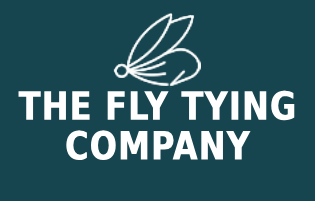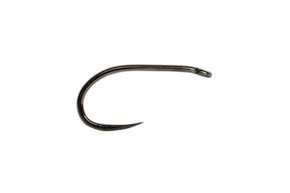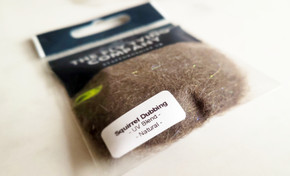Origin and History
The Peacock & Gold is a classic wet fly pattern that combines the natural iridescence of peacock herl with the flash of gold ribbing. Originating in the UK, it has long been used on reservoirs, lakes, and rivers as an attractor fly. The segmented peacock body glistens in the water, while the gold rib adds durability and a strike-triggering highlight. Its simplicity and effectiveness have made it a staple pattern for trout and grayling for over a century.
Materials
- Hook: Wet fly hook, sizes 10–16
- Thread: Black or brown 8/0
- Body: Peacock herl
- Rib: Fine oval gold tinsel or gold wire
- Hackle: Soft hen hackle or partridge (natural or brown)
Popular Variations
- Beadhead Peacock & Gold – adds brass or tungsten bead for depth
- Palmered Peacock & Gold – hackle palmered through the body for extra movement
- Hotspot Peacock & Gold – orange or red thread head for extra attraction
- Soft Hackle Peacock & Gold – sparser version for rivers and grayling
- Mini Peacock & Gold – tied smaller (size 16–18) for selective trout
Step-by-Step Tying Guide
- Start the thread behind the hook eye and wrap a smooth foundation down to the bend.
- Tie in a strand of fine gold wire or oval tinsel at the bend.
- Tie in 2–3 strands of peacock herl and wrap them forward to form a full, tapered body.
- Counter-wrap the gold wire rib through the herl body in even turns, securing at the front.
- Select a soft hen or partridge feather and tie it in as a sparse hackle collar behind the eye.
- Stroke fibres back, build a neat thread head, whip finish, and varnish.
Seasonality & Representation
The Peacock & Gold is a versatile pattern, effective from spring through late autumn. It does not represent one specific insect but imitates buzzer pupae, drowned terrestrials, or simply acts as an attractor. Its peacock body glistens naturally, while the gold rib provides visibility in both clear and peaty waters.
Tackle and Setup
- Rod: 9–10ft, 5–7wt for stillwaters; 3–5wt for rivers
- Line: Floating, intermediate, or sinking depending on conditions
- Leader: 9–15ft, fluorocarbon preferred for subsurface presentation
- Setup: Fished singly or in a team of wets, excellent as a middle dropper
Summary Table
| Aspect | Details |
|---|---|
| Origin | UK traditional wet fly |
| Best Seasons | Spring to Autumn |
| Represents | Buzzers, pupae, drowned insects, attractor |
| Hook Sizes | 10–16 |
| Tackle Setup | 9–10ft rod, floating/intermediate line, 9–15ft leader |












